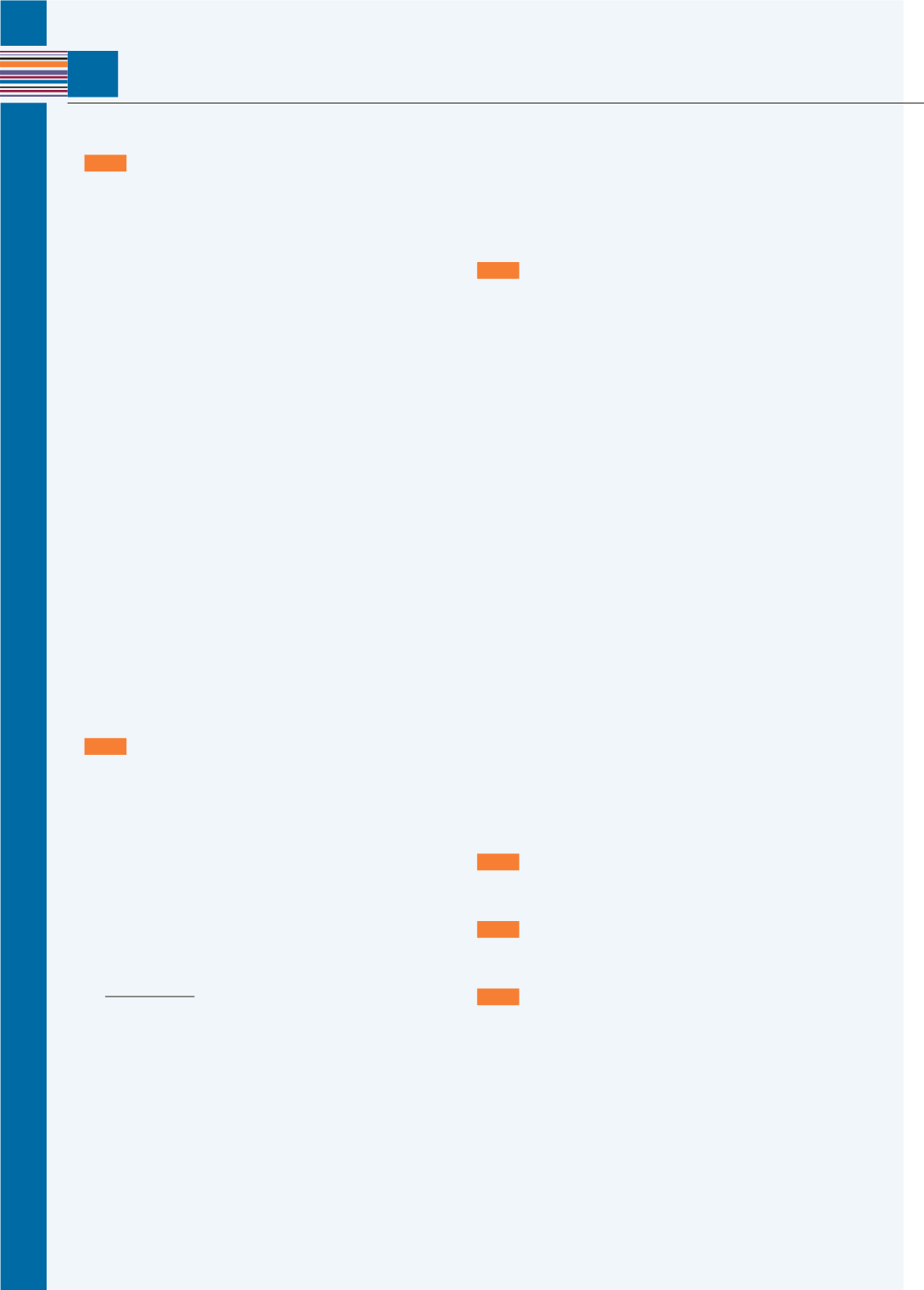
LANGUAGE REFERENCE
144
10
GRAMMAR
G1
EXPRESSIONS OF QUANTITY
Use expressions of quantity to comment on the
quantity of a noun. They can be used with subjects
and objects.
I only have
a couple of shirts
left.
Plenty of people
want to go there.
COUNTABLE AND UNCOUNTABLE NOUNS
Some quantifiers can only be used with a countable
or uncountable noun.
Use these quantifiers with countable nouns:
a couple of
,
a few
,
many
Use these quantifiers with uncountable nouns:
a little
,
much
Use these quantifiers with both countable and
uncountable nouns:
a lot of
,
no
,
none
,
some
,
plenty of
,
enough
GENERAL AND SPECIFIC NOUNS
Use
some
and
no
with general nouns without an
article.
Some people
aren’t interested in sport.
I’d like
some meat
.
No bikes
are allowed on the pathway.
Use
some of
,
none of
,
plenty of
,
a couple of
,
a lot of
with specific plural or uncountable nouns.
Some of the people
we were expecting didn’t come.
You can use
some of the meat in the fridge
.
None of them
wanted to go.
A couple of my friends
live there.
A lot of the students
are getting good marks.
G2
INFINITIVES AND -
ING
FORMS
When one verb follows another, it may appear in the
infinitive or -
ing
form. The form depends on the first
verb, and the following structures are possible:
• verb (+ object) + infinitive with
to
Most people
want to live
for a 100 years.
Everyone
wants the champion to win
again.
Other verbs include:
allow
(object +
to
),
decide
,
hope, manage, promise, teach
(object +
to
).
We also use the infinitive with
to
with
would
+ verb.
I like to play tennis.
ü
I like playing tennis.
ü
I’d like to play tennis.
ü
I’d like playing tennis.
û
• verb + -
ing
We
prefer watching
comedies.
They
enjoy playing
tennis on Saturdays.
Other verbs include:
practise
,
recommend
,
suggest
,
understand
.
We also use the
-ing
form after a preposition.
I’m going to give
up learning
Spanish.
I’m good
at making
friends.
• verb + infinitive with
to
or -
ing
I
like to travel
.
I
like travelling
.
Other verbs include:
advise
,
begin
,
continue
,
love
,
hate
.
KEY LANGUAGE
KL
RAISING AND RESPONDING TO ISSUES
STATING THE PURPOSE OF THE MEETING
We’re here to discuss …
I want to talk (to you) about …
ENCOURAGING PEOPLE TO SPEAK
Go ahead please.
Please make your point.
MAKING A POINT
It’s about the …
I’m very unhappy with … / about it.
It’s not acceptable – I’m sure you understand that.
Sorry, could I just say something please?
What are you going to do about it?
THANKING PEOPLE FOR THEIR IDEAS
Thank you / Thanks very much for your comment.
RESPONDING TO POINTS
Mmm, I understand how you feel, …
It’s a serious problem …
We’re very concerned about this problem.
We’re taking it seriously …
I’m sorry that you’re thinking of … , because of …
SAYING YOU WILL TAKE ACTION
I’ll look into the matter.
We’re thinking about various options to deal with it.
We’re looking at various ways of dealing with it.
STATING THE KEY POINTS THAT HAVE BEEN AGREED
Well, to sum up …
VOCABULARY
V1
PHRASAL VERBS
buy into, catch on, die out, find out, keep up with,
pick up on, slow down, take over
V2
TECHNOLOGY
artificial intelligence, biotechnology, genetic
engineering, nanotechnology, robotics, virtual reality
V3
DESCRIBING TRENDS
be down, be up, decline (n/v), decrease (n/v),
dramatic, drop (n/v), fairly constant, fall (n/v), go up,
gradual, greatest fall/rise, grow, improve (v),
increase (n/v), level off, marked fall, peak, remain
(relatively) stable, rise (n/v), sharp rise, sharp drop,
significant, slight, slow, stabilise, steady, sudden,
top out (at)


